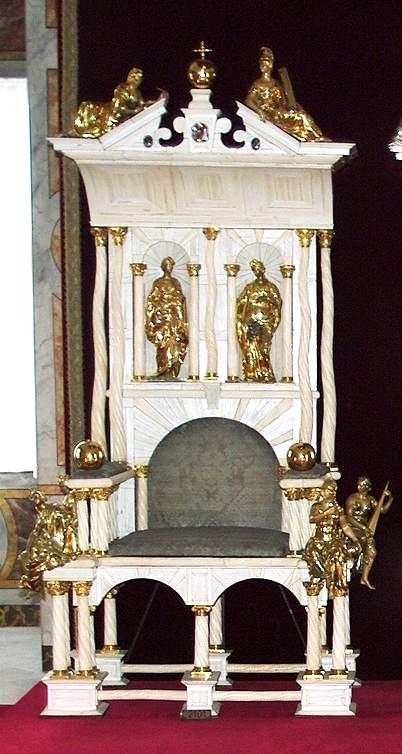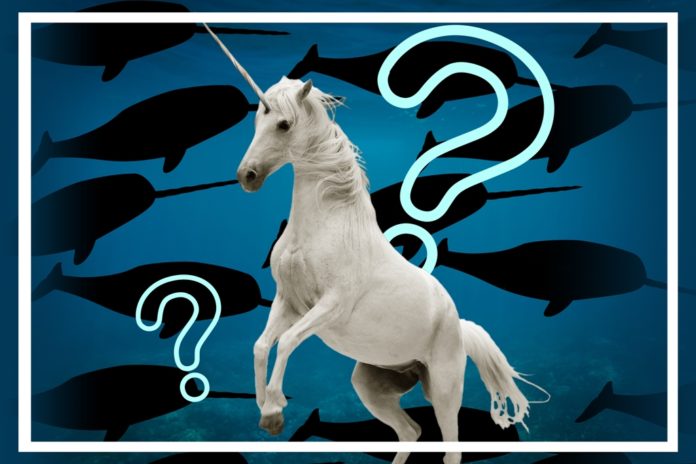Last article I talked at length about how many attempts at what seemed to be describing a rhinoceros ended up becoming the unicorn in our contemporary imaginations. But we were out of time and I didn’t get a chance to talk about the perceived healing properties of unicorns, specifically their horns.
Now, what with unicorns not being real creatures, people certainly seemed to have a firm idea of what the components of this animal could do. Unicorn leather was purported to have all sorts of protective elements, from protecting against fever, and plague to warding off diseases of the feet, legs, and—ahem, nether regions. Apparently, even renowned abbess, Hildegard von Bingen*, recommended an ointment of unicorn liver and egg yolk to treat leprosy.
But the most famous part of the unicorn known for healing was the horn. The substance of the horn was called alicorn and it reputedly protected against poisons. Drinking vessels were made from it. Putting ground alicorn into drinks was said to protect one from not only poison and disease but also cured depression (then called melancholia). The beliefs about the healing properties emerged from the allegorical tale told in Physiologus, where a snake poisoned a river and a unicorn purified the water by entering the lake and make the sign of the cross (presumably with its horn?). Symbolically, the snake represented Satan and the unicorn represented Christ. But the impression this work made on the imagination of the people who heard it resulted alicorn becoming one of the most valuable possessions one could own.
 Unicorn horns were given as highly-prized gifts, and one could buy alicorn from apothecaries across Europe. Holy Roman Emperor, Ferdinand I was gifted a unicorn horn and it is now displayed in the Imperial Treasury Vienna in Austria. And the King Frederick III of Denmark commissioned a throne made of unicorn horn in 1660. It was used at coronations up until when Denmark became a constitutional monarchy in 1849. Now it is kept in the Castle of Rosenborg in Copenhagen.
Unicorn horns were given as highly-prized gifts, and one could buy alicorn from apothecaries across Europe. Holy Roman Emperor, Ferdinand I was gifted a unicorn horn and it is now displayed in the Imperial Treasury Vienna in Austria. And the King Frederick III of Denmark commissioned a throne made of unicorn horn in 1660. It was used at coronations up until when Denmark became a constitutional monarchy in 1849. Now it is kept in the Castle of Rosenborg in Copenhagen.
At this point you are probably baffled at how one acquired unicorn horns to make chairs and medicine when the creatures do not exist. For that, my friends, we must turn to the unicorns of the sea: the narwhal. As it turns out, northern traders would trade narwhal tusk for gold and other goods. These tusks would make their way into inland Europe where they were sold as unicorn horns. There was some awareness of narwhals by medieval Europeans, but the average European person in the middle ages had only a minimally better chance of spotting a narwhal than a unicorn. It would not be likely that anyone peddling alicorn would be accused of selling something other than advertised.
Regardless of bad descriptions of rhinoceroses or shady trading of narwhal tusks, it can’t be denied that if it weren’t for these two creatures that we would not have the fantastical imaginations of the unicorn. Just don’t go sprinkling any ground narwhal tusk in your tea.
(*Side note: if you don’t know, Hildegard von Bingen was one of the more prominent contributors to culture during the Middle Ages, being an early playwright, composer, and theologian. Her music is some of the earliest surviving sheet music; check it out.)










